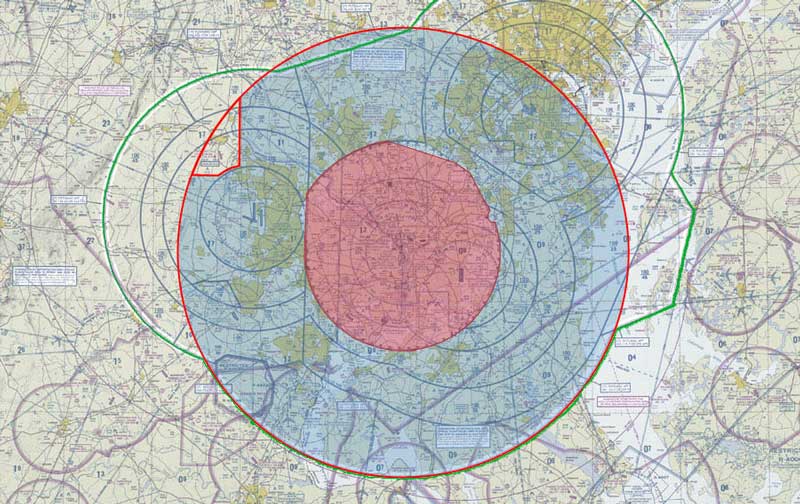
Robohub.org
New comprehensive report on the risks drones pose to aircraft
 With the holiday season approaching, the Federal Aviation Administration (FAA) estimates that up to one million new drones will be entering U.S. airspace, creating potentially dangerous situations for unmanned and manned aircraft. A new study released by The Center for the Study of the Drone at Bard College offers a comprehensive examination of incidents involving drones and manned aircraft in the national airspace over the past two years.
With the holiday season approaching, the Federal Aviation Administration (FAA) estimates that up to one million new drones will be entering U.S. airspace, creating potentially dangerous situations for unmanned and manned aircraft. A new study released by The Center for the Study of the Drone at Bard College offers a comprehensive examination of incidents involving drones and manned aircraft in the national airspace over the past two years.
Using data from the FAA and Department of Interior, the report, “Drone Sightings and Close Encounters: An Analysis,” explores 921 incidents in the national airspace from December 2013 to September 2015. Coauthors Dan Gettinger and Arthur Holland Michel identified 327 close encounters in which drones presented some level of hazard to manned aircraft, 90 of which involved commercial multiengine jets, and 594 sightings, in which drones were spotted near or within manned aircraft flight paths but did not pose immediate danger of collision. The report is available online for free.
“This report adds a critical layer of detail and context to the conversation on the use of drones at home,” said Gettinger, codirector of the Center for the Study of the Drone. “We are looking to furnish stakeholders and the public with a reliable, data-driven guide to the potential risks posed by drones to manned flight.”
The report presents an analysis of altitude, distance from airports, drone-to-aircraft proximity, manned aircraft type, drone type, and time of day. The study found that incidents were more likely to involve multirotor unmanned aircraft than fixed-wing drones, and predominantly occurred far above the Federal Aviation Administration’s 400-foot ceiling for unmanned aircraft, often within five miles of an airport.
In addition to the authors’ findings, the report presents extensive background on the issue and details the potential consequences of a collision between a manned aircraft and a drone. “With more and more drones entering our airspace, ‘Drone Sightings and Close Encounters’ will serve as a reliable resource for policymakers and the industry as they work to develop strategies and solutions to address the growing number of potentially dangerous incidents between manned and unmanned aircraft,” said Gettinger. “Our hope is that this study can help engender a collaborative dialogue among stakeholders working on this issue.”
Founded in 2012, the Center for the Study of the Drone is a research and education initiative that looks to expand the public’s understanding of the opportunities and challenges associated with the development and proliferation of unmanned technologies. The Center creates inquiry-driven content on unmanned technologies and their impact in both military and civilian spheres for stakeholders and the public at large.
tags: c-Aerial, cx-Politics-Law-Society, drones, FAA, UAVs




